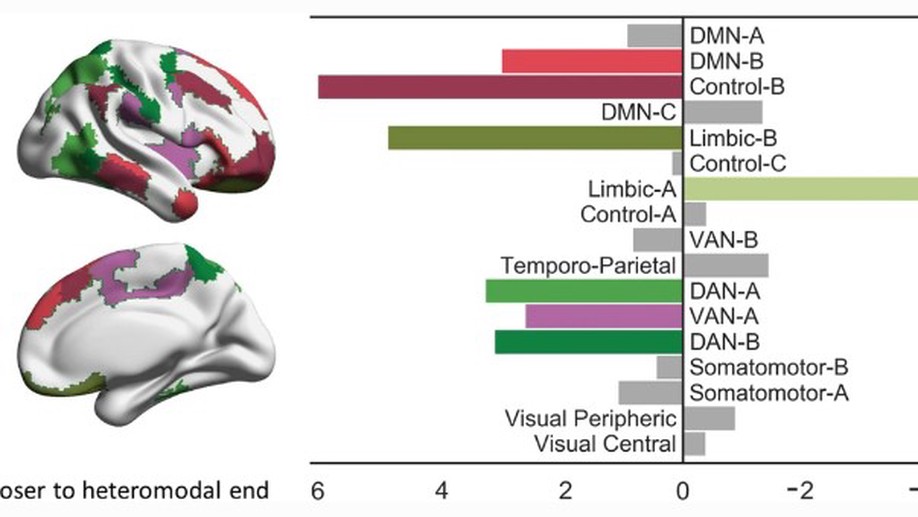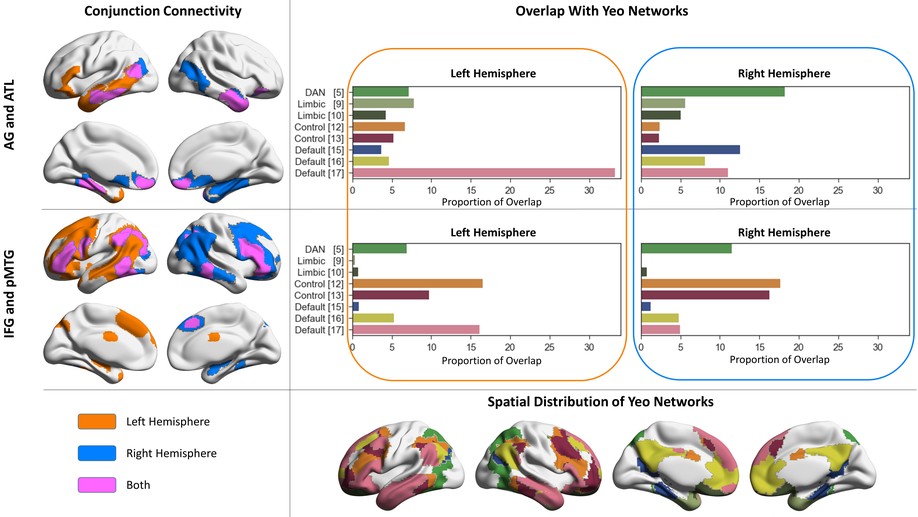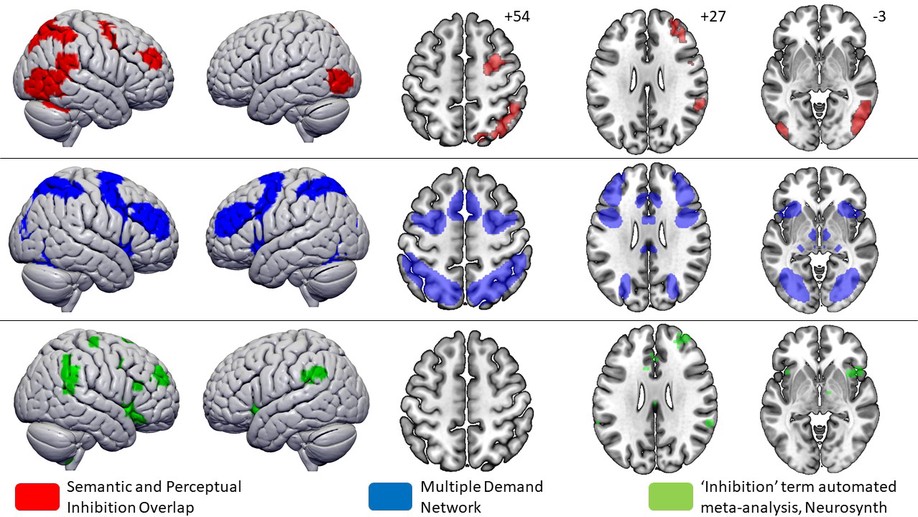Tirso RJ Gonzalez Alam
PhD in Cognitive Neuroscience and Neuroimaging
University of York
Biography
I am a Lecturer in the School of Psychology of Bangor University. I work closely with Professor Beth Jefferies. I received my PhD in Cognitive Neuroscience and Neuroimaging from the University of York (2020), and my MSc in Clinical Neuropsychology from the National Autonomous University of Mexico. I am interested in understanding how large-scale cortical networks and intrinsic connectivity gradients organise to give rise to semantic cognition and language through the interaction of control and default mode networks. My main research tools have included fMRI (both task-based and resting-state), gradient decomposition, multivariate analyses, DTI tractography, TMS, cognitive paradigms, automated meta-analytical techniques and cognitive decoding.
As a general approach to research, I am keen on promoting open science, replicability and data-sharing best practices with my future work, pushing for greater transparency, integration and replicability of results across labs in the world. I would like to do further work with fMRI and TMS, as well as expanding to MEG to probe the temporal resolution and causal dynamics of semantic processing. I would be especially interested in joining a research environment in which I can expand my methodological and analysis toolbox and solve more complex questions through collaborative research.
I have worked as a neuroscience research fellow, lecturer and clinical neuropsychologist in three countries over the last 10 years. Born in Merida (Yucatan, Mexico), I received my undegraduate degree in Psychology by Universidad Anahuac, and went on to do an integrated MSc, combining two clinical internships in hospitals with Masters studies in Neuropsychology at Universidad Nacional Autonoma de Mexico. After developing an interest in language neuroscience, I was awarded an international rotation grant as a result of outstanding clinical work during my internships to Centro Internacional de Restauracion Neurologica in Havana, Cuba.
Having returned to Mexico after the international rotation and receiving my MSc degree, I was offered a research fellowship at my Alma Mater, the school of Psychology of Universidad Anahuac Mayab. There, I started the Cognitive and Clinical Neuropsychology Research Group, where my research focussed on hemispheric differences in language processing, measured mainly through behavioural methods such as dichotic listening, semantic priming and divided visual fields. During this post I accepted a lectureship in the school of Psychology, where I mainly thaught psychology of language, research methods, experimental psychology, neuropsychology, neuroanatomy and statistics.
After three projects in the research fellowship, my interests shifted to the neural bases of semantics; this led me to pursue a PhD on the subject, which I recently graduated. Under the supervision of Professors Beth Jefferies and Jonny Smallwood in the Department of Psychology of University of York and York Neuroimaging Centre, I worked on hemispheric differences in semantic cognition using fMRI as my main neuroimaging tool. My PhD thesis investigated differences in intrinsic connectivity of key regions of the semantic cognition network across the hemispheres and their behavioural consequences, using a combination of resting-state and task-based fMRI, large-scale cortical network interactions, individual differences approaches, automated meta-analytical techniques and cognitive decoding. The results of the PhD work, both for my thesis and in collaborations with the broader research group can be consulted in my recent publications
On my free time, I like to learn programming languages andimprove on scripting through personal projects and work in visual arts projects as a hobby: ( VJing, glitch and algorithmic art, film criticism [in Spanish]), reading, listening to podcasts and playing videogames (you can find me on Blizzard [tarantirso#1468], Steam [441497605], Xbox [tarantirso] or MTG Arena [tarantirso#98874]).
Download my CV or email me at tirso.gonzalez.alam@york.ac.uk
Interests
- Brain Connectivity
- Semantic Cognition
- Hemispheric Differences
- fMRI (resting-state and task-based)
- Programming in Neuroscience
Education
PhD in Cognitive Neuroscience and Neuroimaging (United Kingdom), 2020
University of Yorkk
MSc in Clinical Neuropsychology
Universidad Nacional Autonoma de Mexico (Mexico City)
Internship in Clinical Neuropsychology
Centro Internacional de Restauracion Neurologica (Havana, Cuba)


